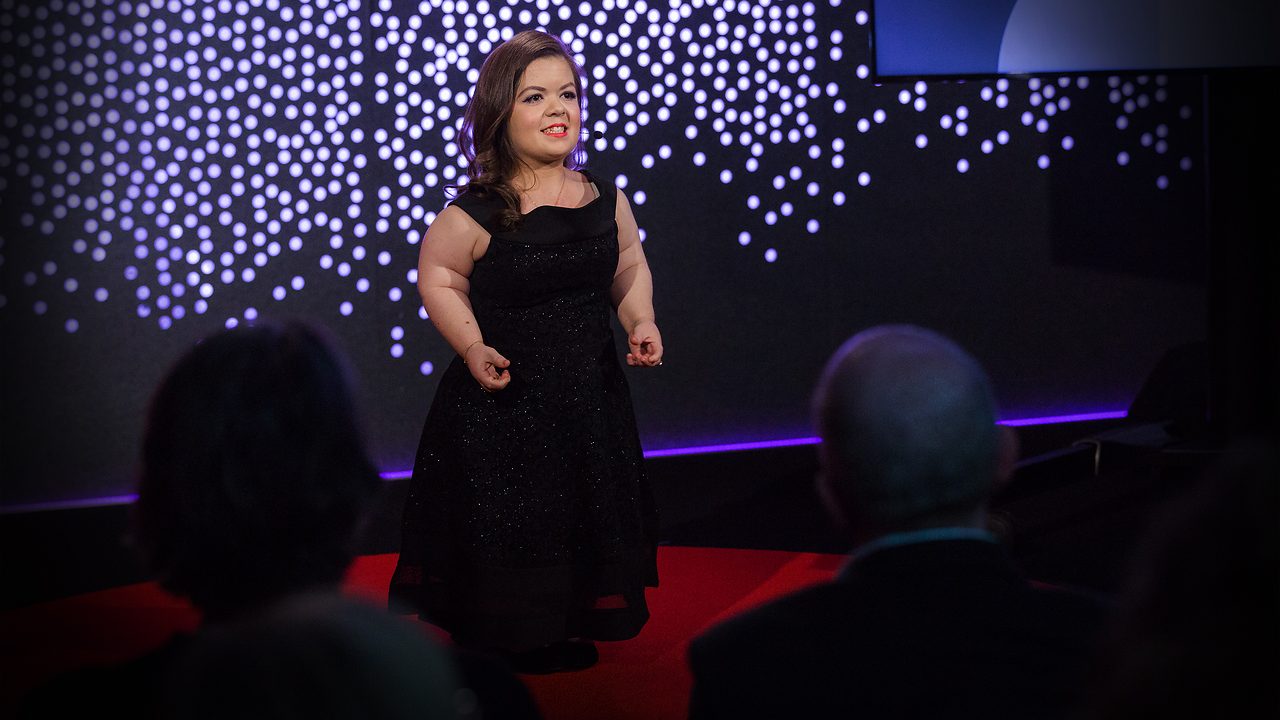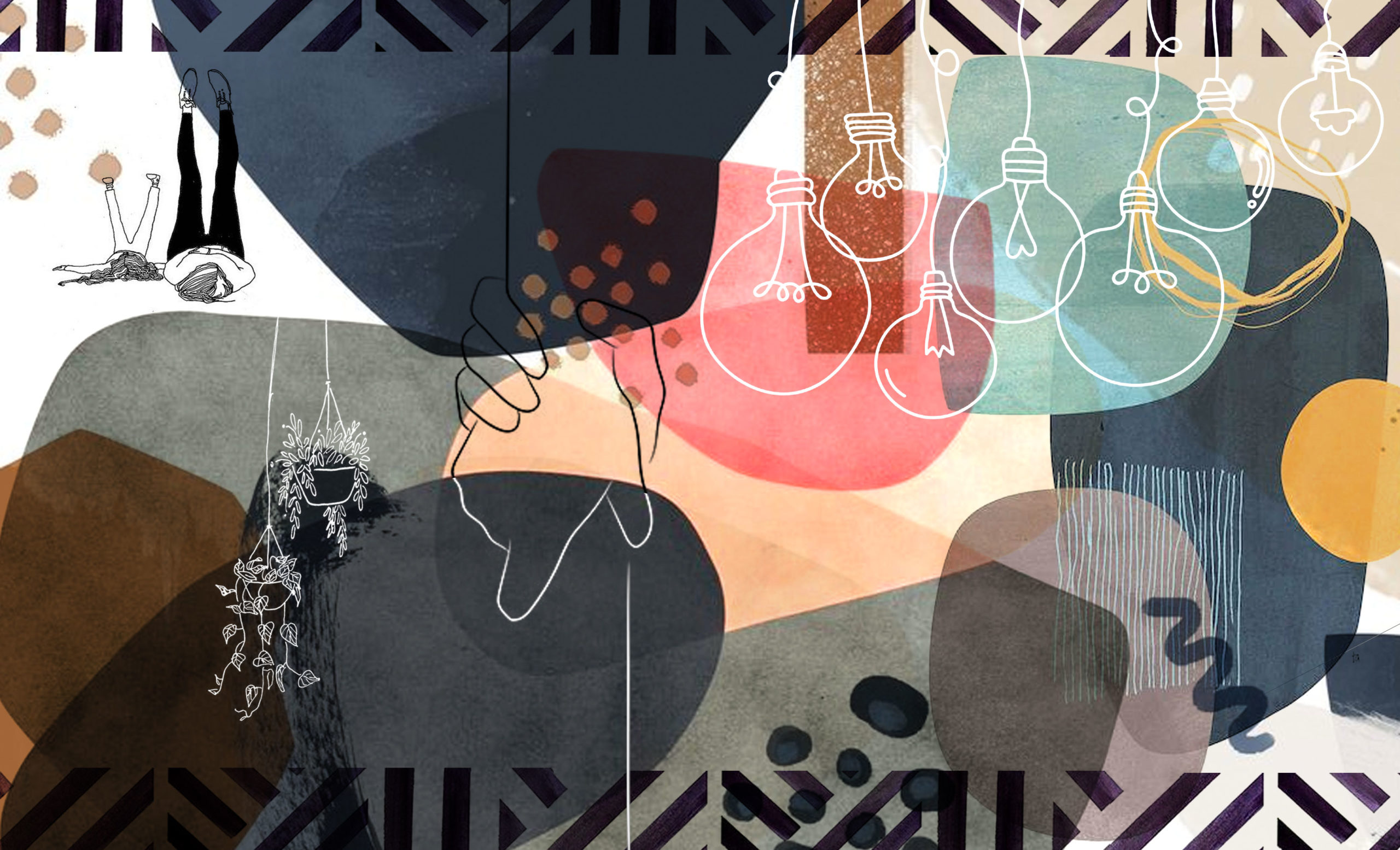UX Newsletter: All for one and one for all
At its core, the #1 goal of all experience designers is to lead people through a product successfully so they return for repeat performances. But how can you plan and build websites successfully without considering all people?
“[C]lose to 56.7 million Americans, that is 18.7% of the U.S population, experience some type of disability. Out of this number, it was found that 38.3 million have serious disability problems. This accounts for 12.6% of the entire U.S population.”**
When the web was built, there weren’t major considerations made or implemented for people with disabilities or impairments. Nowadays it’s not just best practice, but standard practice to incorporate accessibility from the beginning of a site’s creation.
There are now guidelines to how to build for people who use assistive technology to access websites. There are legal consequences for not considering all people when building websites. There are even SEO benefits to building websites accessibly! Woo!
Volume 5
Today’s newsletter will focus on defining what accessibility is, how we can avoid falling into the trap of accessibility-as-an-afterthought and the knowledge that designing accessibly improves the experience for everyone.
What is accessibility?

What is accessibility? Why do we need to pay attention to it? How does it impact my role as a Designer? Developer? Product manager? In this article: Designing accessible products from UX Design, Adhithya maps out the vast impact of inaccessible sites and how to avoid losing customers unnecessarily.
Learn more about accessibility
A helpful guide

Manuel Matuzović of A List Apart takes us through an extremely helpful and comprehensive list of accessibility do’s and don’ts. From high level applications of accessibility (like empathy, and customer flow) to markup hierarchy and javascript applications, Manuel’s My Accessibility Journey: What I’ve Learned So Far shares his experience with making the web a more inclusive space.
A new perspective

In this inspiring and heartfelt TED talk entitled “Why design should include everyone” Sinéad Burke brings a new perspective to the accessibility discussion by asking, “who are we not designing for?” When we focus on where we’re blocking people from experiences, we can learn how to better improve and enhance a product for all.
Design + accessibility = innovation

When Matthew Walzer, a teenager with cerebral palsy, wrote to Nike asking for a shoe, he explained he loved their brand, but “he had trouble tying laces and slipping into shoes without help.” So the company built him a stylish, on-brand shoe made to be easy to put on. In How Design for One Turns Into Design for All, Michael Kimmelman of the New York Times reviews the design exhibition “Access+Ability”, which features products made with accessibility and aesthetics working in harmony. At the core of its definition, design is art with intention, and this article reminds us of the importance of marrying usability with visual quality.
Featured UX Website
Colorable

Colorable is a website made by Brent Jackson in which anyone can easily check the color contrast of two hex color combinations in order to find out which level (if any) of WCAG compliance the combination adheres to. Useful, beautifully designed, and fun, this site is an excellent one to have bookmarked for quick contrast checks in any process.
Never miss a UX update
The UX Newsletter is a monthly email that serves up my favorite UX articles. Each month I feature 4 articles or videos and share great tutorials for those interested in learning more.
Feature Image is a collage sourced from various images found on these Pinterest Boards.
